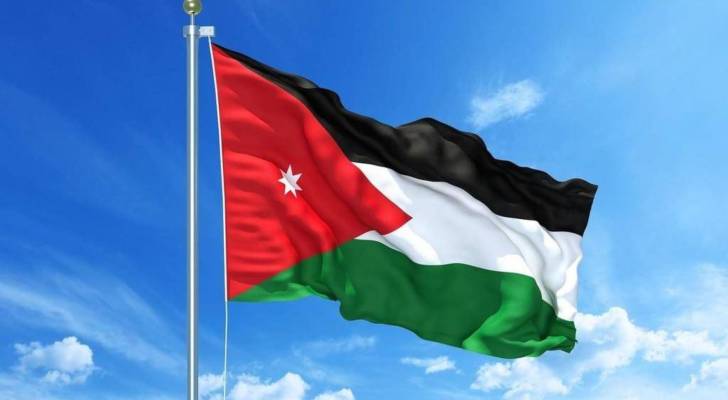Us and Our History... - By Hazem Saghieh, Asharq Al-Awsat
Since the early-mid nineteenth century, with the reforms of Egypt’s Ibrahim Pasha and the Ottomans’ Tanzimat, two broad historical narratives have been wrestling over history and, by extension, reality. However, these two grand narratives have branched off into many sub-narratives, with new branches emerging to this day. The reforms in Egypt and the Tanzimat- attempts to transfer some of the European experience’s lessons to the region and incorporate some aspects of European modernity into the region- triggered a flood of acrid controversy and even more bloodshed in Syrian and Lebanese cities and towns.
With the 1908 coup d'etat that reinstated the constitution Sultan Abdul Hamid had suspended, the great divide manifested itself once again, with a sharp class dimension becoming an additional layer to these alignments that had been formed along religious, sectarian, and ethnic lines.
However, Kemal Atatürk's abolition of the Caliphate in 1924 was the event that shook and mobilized the Islamic world from end to end. In this earthquake, some saw adaptation to the post-imperial world of nation-states ushered in by the First World War. Far greater numbers of people, however, saw it as the end of imperial glory and opposed the idea of removing religion from the public arena. The men who fielded themselves to be the next caliph were neither few nor unimportant. Among them were King Fuad I of Egypt and Sharif Hussein ibn Ali, and an "Islamic Congress for the {defunct} Caliphate” was also held in Egypt in mid 1926.
Having shown that it cannot be rekindled or retrieved, the caliphate became the subject of extensive and drawn out political debate. For example, Hajj Amin al-Husseini pushed a narrative that his rival, Fawzi al-Qawuqji, who would subsequently command the ‘’Arab Salvation Army,’’ had been a British agent. The latter hit back with claims that Husseini had been colluding with the Germans to revive the caliphate. A rumor spread that, having been defeated at El Alamein and Russia, the Nazis were seeking to compensate for these setbacks by winning over Muslims in British India. According to this narrative, Husseini was to be the new caliph, with Sultan Abdulmejid II, the last surviving (in Paris) sultan at the time, abdicating to him.
We continue to hear echoes of reviving the caliphate and sultanate to this day. In the literature of extremist Islamic movements, the abolition of the caliphate is the root cause of our world’s damnation, while history will not correct course until it is restored.
Meanwhile, national identification, which is supposed to bring people together and unify them, failed to survive the bitter divisions. Egyptian national identity, which fits the paradigm better than any of its Arab equivalents, rests on two antithetical referential conceptions to this day. Pioneered by Mustafa Kamil and Muhammad Farid in the late nineteenth century, the first emphasizes Egypt's Islamic identity, rejecting secession from the Ottoman Empire at the time and advocating for a privileged position for Egypt within it. The other emerged in the early twentieth century; pioneered by Ahmad Lutfi al-Sayyid and Saad Zaghloul, it emphasizes secularism and conceives of the country as a fully-fledged national entity.
In Lebanon and Iraq, national identity was developed in line with the Egyptian model, with each "patriot" accusing the other “patriots” of treason and selling out the homeland, whose definition and nature were contested, to colonialism, a similarly contested notion.
Whenever political disputes became over-statured with vitriol, cultural disputes made room. In this way, we found some among us drawing on the Abbasid era the notion of "Shoubiyya" to attack their "brothers in the homeland," while others split their "brothers" into "the constant" (them) and "the changing" (us).
As to when it seemed that this spalling fragmentation could not be explained through Israel alone, "Orientalism" was rushed in to save us and safeguard a pristine image of our conditions.
With phenomena and labels like "Umayyadism" resurfacing and the discovery that May 6 1916 is not fit to be a holiday, and as a minorities conference is held in Israel, the scale of this schism, which cannot be mended through condemnation of Orientalists nor condemnation of Israel (though the latter certainly deserves condemnation), is currently being reaffirmed. As for (the much-appreciated) solidarity "with us," as soon as it leaves New York and London to get a little closer, it finds itself confronted with a question: Should solidarity be given to our Umayyads or to our Abbasids? To the constant or the changing?
The renowned French historian Fernand Braudel distinguishes between three forms of history based on the time-span covered. The history of an "eventement" covers one to eight years, making it suitable for studying wars, revolutions, election campaigns, and individual biographies. The history of a "conjuncture" covers twenty to fifty years; it is particularly useful for understanding economic and technological developments, scientific revolutions, and artistic movements. As for “longue durée’’ history, it is measured in centuries and revolves around the slow, gradual transformations in nature, and the geographic history of countries. This is the deepest among histories: if the history of an "eventement" resembles the surface of water and the history of a "conjuncture" is like a powerful current of water, then ‘’longue durée’’ history is the tide- the deepest and most fundamental force channeling the water.
Since our conflicts tend to take after natural and biological events, they- and generations of us with them- risk becoming longue durée history, with one crucial difference in the final outcome.




